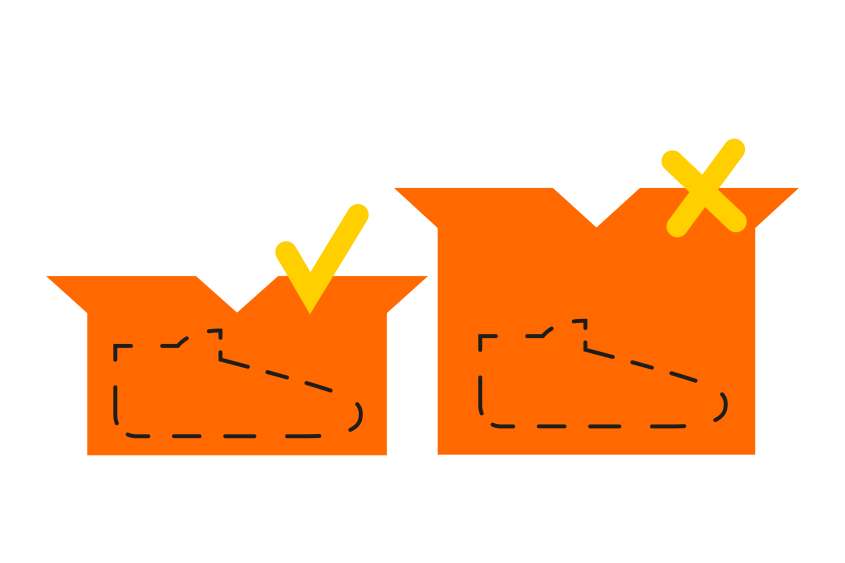Unwrapping the change: How Zalando wants to minimise the impact of packaging on the environment
Unwrapping the change: How Zalando wants to minimise the impact of packaging on the environment
Packaging is a pivotal component in Zalando’s commitment to sustainability and reducing our environmental footprint
Packaging is a pivotal component in Zalando’s commitment to sustainability and reducing our environmental footprint

The importance of packaging cannot be overstated. It's not merely about the unboxing experience our customers have once they receive their shipment; it's a pivotal component in Zalando’s commitment to sustainability and reducing our environmental footprint.
Packaging plays a crucial role, from protecting items during storage and processing to the moment a customer unpacks a delivered Zalando box or bag. Fashion items made from sensitive fabrics need to be packaged with particular care to protect them against moisture, dirt and dust on their way from the place of production to the customer.
Reduce: using fewer packaging materials
One approach is to find ways to improve how we use materials in our existing packaging, like using lighter alternatives or fewer layers of corrugated cardboard. We also want to become better at choosing packaging that matches the size of the ordered item(s) as best as possible. Zalando customers can choose from over 1 million products of various shapes and sizes. These require a variety of shipping bags and boxes, all of which are chosen by hand by colleagues at the packaging stations in our fulfilment centres. Our rule of thumb: bag before box. This improves product-to-packaging ratios, and allows us to fit more shipments into a truck.
Recycle and reuse: keeping materials in use
When we design our packaging, we prioritise materials that contain a high proportion of recycled content and are easily recyclable. This allows us to preserve resources and produce less waste. Today, our paper shipping bags are made from 100% FSC-certified paper, our beauty bags from 100% recycled paper and our shipping boxes from a mix of FSC-certified and recycled cardboard. Some packaging solutions require virgin materials for strength and durability. As a member of the Pack4Good initiative of the NGO Canopy Planet, we are committed to protecting forests whenever we source paper-based packaging. We are continuing to work with our packaging suppliers to use more post-consumer recycled content, and request FSC certification where virgin fibres are used.
We strive to strike a balance between ensuring that items are delivered safely and minimising our impact on the environment. While it's an ongoing journey, we have taken some significant steps forward in this area: of the 62,000 metric tons of packaging materials we used in 2022, 86% came from recycled content and 99% was recyclable.
No one-size-fits-all approach
Packaging is a complex topic, especially for companies packing lots of different things. For example, using packaging made from recycled paper is generally a good idea, because it reduces the pressure on our forests, biodiversity, water and the land available for agriculture. However, 100% recycled content is not necessarily always the best solution. Why is that? Fresh fibres are much stronger than recycled fibres, meaning you can often use fewer of them to achieve the level of resilience you need to protect your items. In addition, paper fibre cannot be recycled an infinite number of times as it loses strength in each round of recycling. Recycling also depends on our collection, sorting and recycling infrastructure, which is far more advanced in certain parts of Europe than in others. These factors also need to be taken into account when looking for the right packaging solution.

